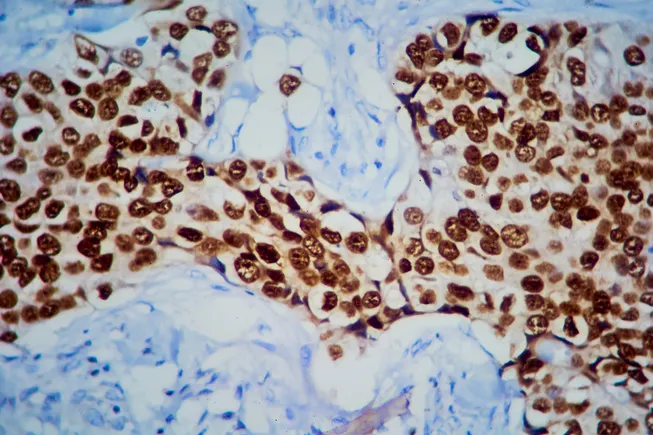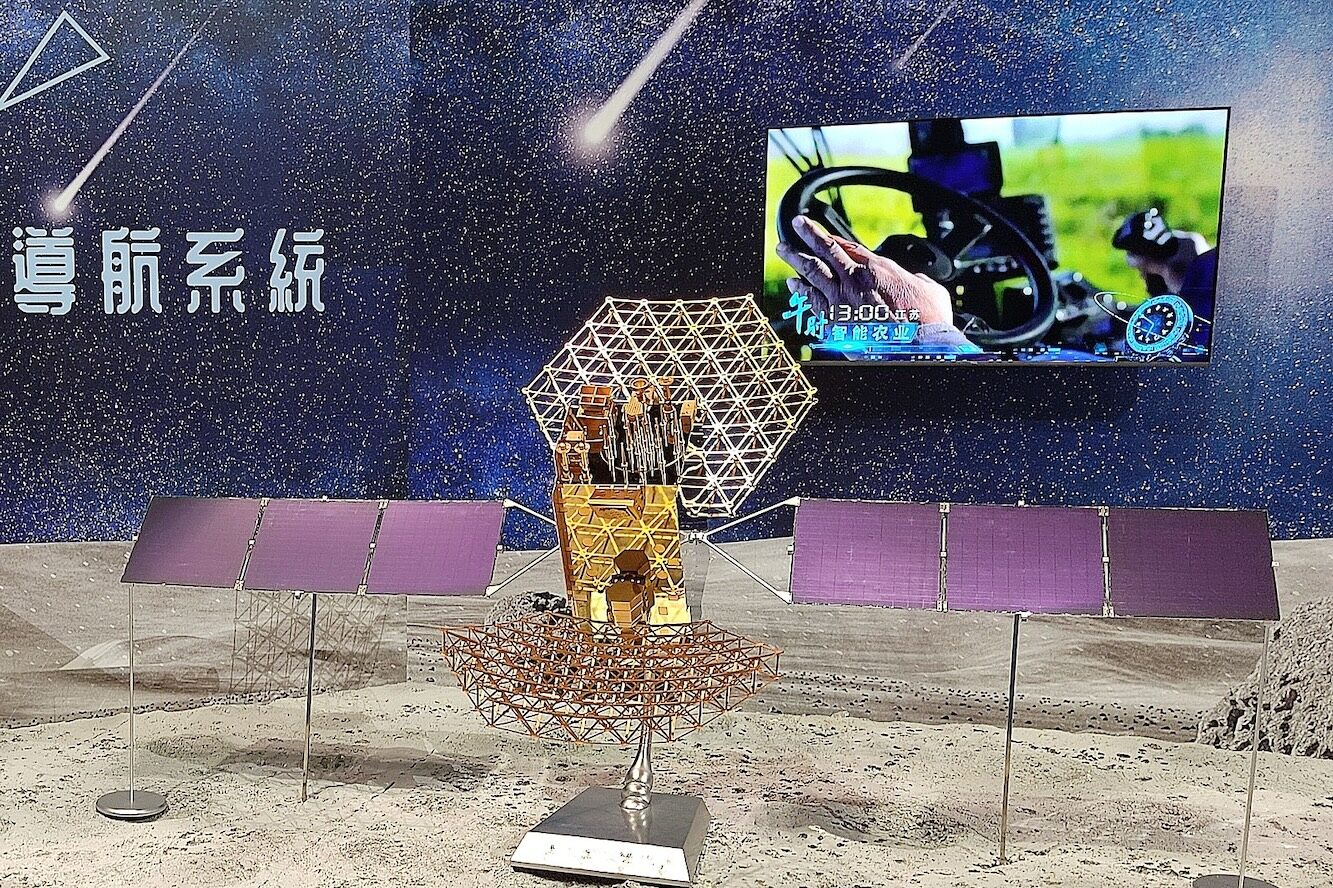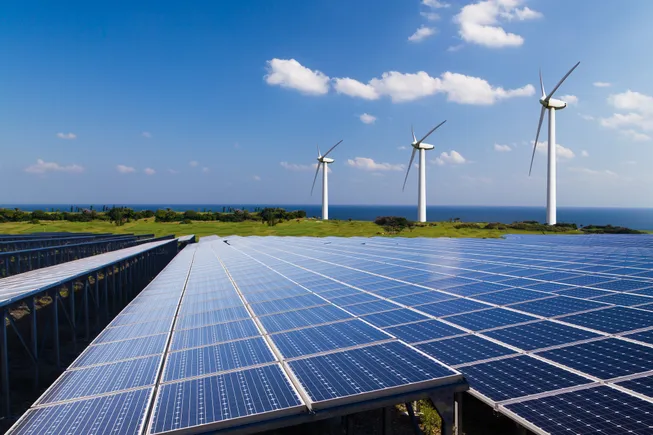How to Build a Garden Without Disrupting Nature
Creating a garden can transform your outdoor space, but doing so without disrupting the natural landscape takes careful planning. Whether you’re in Tucson, AZ, choosing native plants that thrive in desert heat, Seattle, WA, building around existing trees and shade, or Atlanta, GA, designing a yard that supports local pollinators, using native plants helps you […] The post How to Build a Garden Without Disrupting Nature appeared first on Redfin | Real Estate Tips for Home Buying, Selling & More.


Creating a garden can transform your outdoor space, but doing so without disrupting the natural landscape takes careful planning. Whether you’re in Tucson, AZ, choosing native plants that thrive in desert heat, Seattle, WA, building around existing trees and shade, or Atlanta, GA, designing a yard that supports local pollinators, using native plants helps you create a beautiful, low-impact garden that works in harmony with nature.
Rather than reshaping the land, native plant gardening embraces what’s already there. By working with your local climate, soil, and ecosystems, you can build a lush, biodiverse garden that supports pollinators, conserves water, and protects local wildlife.

Research your area’s native plants
“Getting started with a native pollinator garden really requires knowing about the pollinators and butterflies that live in your locale, then planting as wide a variety of plants as possible to support them.” says Jennifer Young, president of Columbia Green.
She urges gardeners to begin by researching their area using tools like the National Wildlife Federation’s Native Plant Finder and the Homegrown National Park project. “We are learning how important it is to plant as many native plants as possible, and that imported plants just don’t support our insect populations like natives do.”
Kathleen of Garden District STL also enjoys the satisfaction of growing native plants in her garden, “not only for the success I feel as a gardener since they love to grow in their happy place, but the satisfaction I see when pollinators are busily enjoying the plants.” She finds it helpful to utilize public information resources such as “the Kemper Center for Home Gardening at the Missouri Botanical Garden to identify and get advice on” adding new species to her yard.
Abbi Burgess of Sustaining Way agrees that there “are a lot of fun online resources and organizations that help make this process easier, like your local native plant society. For instance, if you are in zone 7 or 8 looking for a native no-mow lawn alternative, these resources can let you know that silky oat grass is a great fit for you.” Then, as you make the change to native plants, you get to watch your surrounding ecosystem thrive.

Place plants where they’ll thrive
In order to build a successful garden at home without disturbing nature, start by paying close attention to the natural occurrences in your yard. Spenser Thomas of Great Big Plants suggests that you “take a walk around your yard and notice where the sun hits, how the soil feels, and which spots stay moist or dry — those clues will help you pick native plants that actually want to grow there.”
Lila of The Garden Shop says, “Make sure you take into consideration which plants like a sunny, dry location and which like more moist and shaded conditions, and plant according to those groups.”
Incorporate native plants
Native plants are the foundation of an ecological garden. These species have evolved alongside your region’s pollinators and wildlife, so they require less water, fertilizer, and intervention. As Monica of Flora of Miami explains, “A native garden is more than a space — it’s a highly rewarding experience. Think of it as a living plant community that not only adds beauty and value to your home, but also provides essential ecological services.”
In order to locate and identify native plants in your area, Ian Portwood, Upstate Membership Chair of the South Carolina Native Plant Society suggests you “observe your yard throughout the seasons — where water pools, where the sun hits longest, and where wildlife already gathers.” Choose native plants adapted to those specific conditions. “They’ll not only thrive with minimal input, but also form the backbone of a resilient, living landscape that supports pollinators, birds, and soil health alike.”
Moe Magali of Public Works Partners recommends avoiding invasive species that disrupt local ecosystems, and instead, “layer your garden with native groundcovers, flowering perennials, grasses, and shrubs to provide food and shelter for pollinators, birds, and beneficial insects. Design with bloom times in mind so something is always in flower from spring through fall, and leave some leaf litter or dead stems over winter to support overwintering species.”

Plan for sustainability
Girl Plus Environment emphasizes sustainability at every step: “Choose species that naturally grow in your region because they’ll require less water, attract local pollinators, and strengthen biodiversity.” In some states, legal rainwater harvesting adds a layer of eco-conscious irrigation.
They add, “Be sure to weed regularly to protect your plants from nutrient competition, and water early in the morning or evening to reduce evaporation. If you’re growing green leafy vegetables, harvest leaves gradually rather than uprooting the entire plant to keep your garden productive and healthy.”
Mulching is another effective tool. The London Environmental Network advises using natural mulch to suppress weeds while retaining moisture and enriching the soil. “Avoid chemical fertilizers which often disrupt soil microbes and pollute waterways. Water your garden regularly during the first growing season to help roots establish, then let the plants adapt to their conditions.” Over time, your garden will need less care while supporting more pollinators.
“Make sure to choose a plant palette that allows for year-round beauty and sustenance for our local bees, birds, and butterflies,” says Sarah Jackson of Abundance Landscapes and Gardens.
“For example, at Abundance, we will pair spring blooming penstemon with the summer flowers of echinacea and the fall blooms of aster to provide nectar and beauty through all three seasons. In addition to leaving seed heads for winter interest and snacks for the birds, we’ll add native grasses like blue stem to provide habitat at this time as well. It’s these thoughtful touches that allow for a thriving ecological oasis that is as beautiful as it is bountiful all year round.”

Tap into local networks
As Val Schüll of GreenLatinos points out, “Starting a native plant garden may feel like a daunting task, but luckily, there are various resources available to get you started.” Check to see if there are any cooperative extension system offices near your community. These offices are part of your state’s land grant university system and serve as a resource for community members interested in learning about agriculture.
“Additionally, connecting with local gardening or native plant groups in your area may provide community guidance and support in getting started with your garden. These organizations and cooperative extension system offices may also take part in plant drives, which may offer a selection of native plants at reasonable costs.”
These groups are often deeply familiar with regional microclimates and challenges, and they can connect you to resources you might not find online.
Georgia gardens: harnessing regional abundance
Robert Davis of Alchemy Garden Design notes that Georgia’s climate and soil make it ideal for growing both native flowers and food crops. “Georgia’s long growing season and rich, loamy soil make it ideal for cultivating a wide range of fruits and vegetables,” he says.
Incorporating regionally adapted varieties like ‘Georgia Rattlesnake’ watermelon or ‘Southern Belle’ bell peppers boosts flavor and yield. Davis recommends planting fruit trees like figs or rabbiteye blueberries for long-term structure. Pair these with native flowers like bee balm and black-eyed Susan to support pollinators and maintain ecosystem balance.
To manage rainfall and protect the soil, Davis advises raised beds filled with compost-rich soil, good drainage, and rotating crops. This creates a resilient, productive space that blends native ecology with practical gardening.

Florida-specific native gardening tips
In Florida’s hot, humid climate, native plants can reduce stress and maintenance. Charlie Pioli of O-Town Compost explains, “Maintaining a garden in Central Florida can be challenging…planting a native garden can be a great solution so as not to pull your hair out, and to keep your water bill under control.”
He recommends fire bush, Simpson’s stopper, slash pine, and beauty berry — plants that not only survive the heat but also attract butterflies and bees. “These plants attract important pollinators…but also give your yard a native aesthetic that contributes to the beautification of any neighborhood.”
Pioli adds that while native plants thrive without compost, it can still enrich the garden. “We strongly recommend signing up for O-Town Compost’s convenient, odor and pest-free compost service that gives back two free shares of finished compost each year.”
Patience pays off
A native plant garden takes time to establish, but the results are worth the wait. “Natives are not about instant gratification,” Lila reminds us. Give your plants a few seasons to root deeply and thrive. In the meantime, observe their growth, learn from what works, and resist the urge to over-manage.
By building a garden with native plants, you’re doing more than landscaping. You’re restoring a vital patch of habitat, supporting biodiversity, and contributing to a healthier planet — starting right outside your door.
The post How to Build a Garden Without Disrupting Nature appeared first on Redfin | Real Estate Tips for Home Buying, Selling & More.














































































































































